Opinions on Cree LR6 (reliability, etc)
geobrick
14 years ago
Related Stories
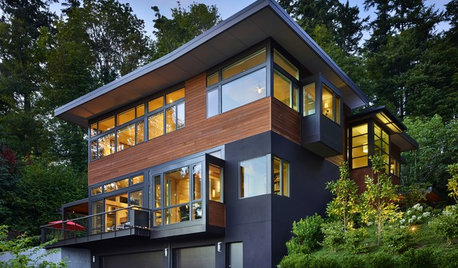
REMODELING GUIDES6 Steps to Planning a Successful Building Project
Put in time on the front end to ensure that your home will match your vision in the end
Full Story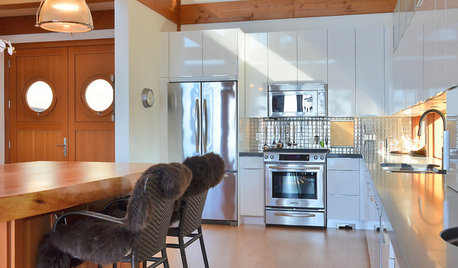
REMODELING GUIDES6 Must-Know Lessons From a Serial Renovator
Get your remodel right the first time, with this insight from an architect who's been there too many times to count
Full Story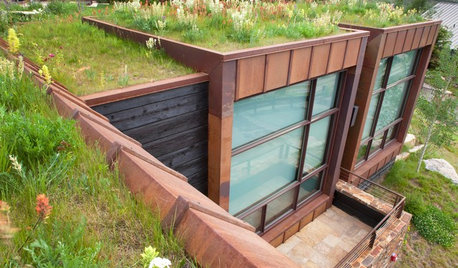
GREEN BUILDING6 Green-Roof Myths, Busted
Leaky, costly, a pain to maintain ... nope, nope and nope. Get the truth about living roofs and see examples from simple to elaborate
Full Story
GARDENING GUIDES6 Plants That Beat Butterfly Bush for the Wildlife Draw
It's invasive, a nonnative and a poor insect magnet. Check out these better alternatives to butterfly bush in the garden
Full Story
MOST POPULAR33 Magic Household Cleaning Tips
Houzzers from around the world share their tips for transforming housework into child’s play
Full Story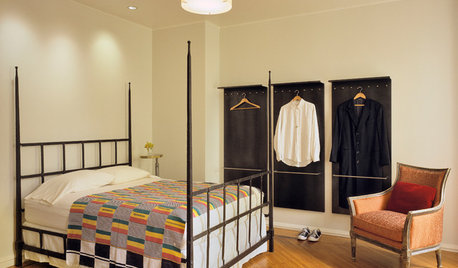
STORAGE9 Ways to Avoid a ‘Floordrobe’ in Your Bedroom
Repeat after me: The floor isn’t storage space for clothes! Tackle the ‘floordrobe’ effect with these smart tips
Full Story
LIGHTINGWhat to Know About Switching to LED Lightbulbs
If you’ve been thinking about changing over to LEDs but aren't sure how to do it and which to buy, this story is for you
Full Story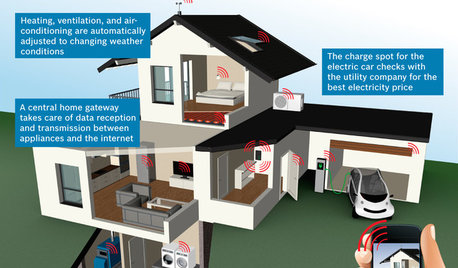
THE HARDWORKING HOMECES 2015: Inching Toward a Smarter Home
Companies are betting big on connected devices in 2015. Here’s a look at what’s to come
Full Story
DECLUTTERINGDownsizing Help: How to Edit Your Belongings
Learn what to take and what to toss if you're moving to a smaller home
Full Story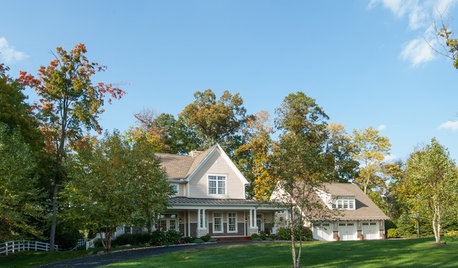
HOUZZ TOURSMy Houzz: Comfortable Country Style in Cincinnati
Warm colors, extra rooms and plush furniture make a couple's farmhouse-style home worth sharing with guests
Full StoryMore Discussions






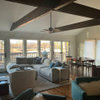
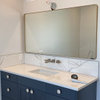
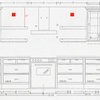
lightguy
geobrickOriginal Author
Related Professionals
Boston Furniture & Accessories · Carlsbad Furniture & Accessories · Fargo Furniture & Accessories · Aliso Viejo Furniture & Accessories · Crofton Furniture & Accessories · Hawthorne Furniture & Accessories · Hoffman Estates Furniture & Accessories · Lake Arrowhead Furniture & Accessories · Mundelein Furniture & Accessories · Adrian Decks, Patios & Outdoor Enclosures · Dracut Decks, Patios & Outdoor Enclosures · Kernersville Decks, Patios & Outdoor Enclosures · Manchester Decks, Patios & Outdoor Enclosures · St. Louis Decks, Patios & Outdoor Enclosures · Vero Beach Decks, Patios & Outdoor Enclosureslightguy
geobrickOriginal Author
lightguy
geobrickOriginal Author
jscozz
David
DavidR
David
David
DavidR
David
David
DavidR
David
David